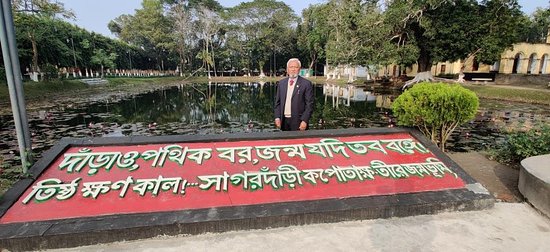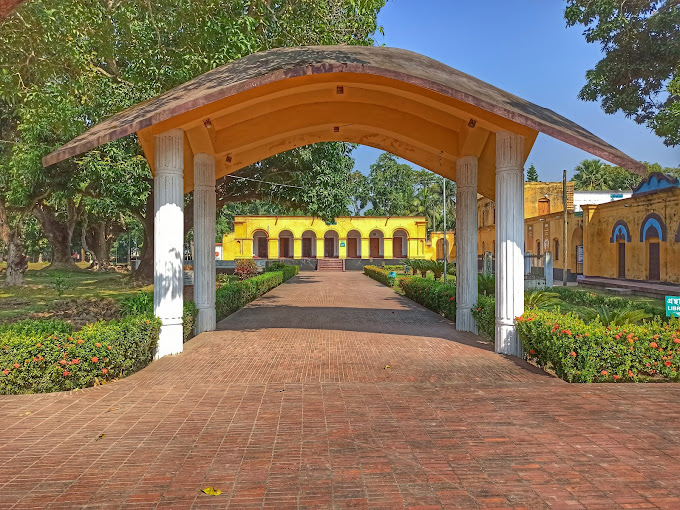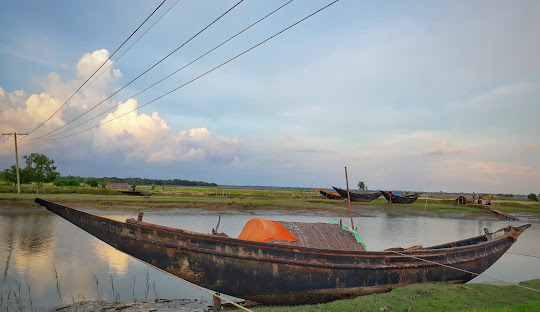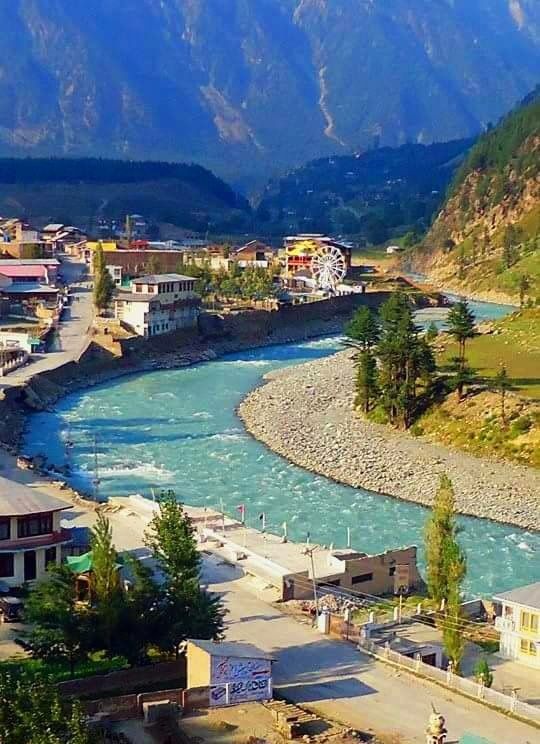Introduction:
Objectives of visiting historical places include exploring new things and gaining knowledge from old cultures. Every educated person and student is encouraged to visit these cultural sites, emphasizing that travel is a valuable experience for everyone. The renowned traveler Ibn Battuta once said, “Traveling leaves you speechless, then turns you into a storyteller.”
In this article, you will discover the importance of visiting historical places for both students and others. Simultaneously, I will narrate the story of a visit to a place of historical significance, providing you with a unique and enriching experience.
Importance of Visiting Historical Places
- Historical visits help us learn new knowledge from there.
- That’s progress in your learning capacity—especially when you visit a very old Historical destination.
- Kids increase their learning skills when they visit a historical site.
- Travel also helps in exploring new things. This is also one good way to spend time with your loved ones.
- Travel to historical places Strengthens the local economies of that country.
- Strengthens own identity and creates a perception
Michael Madhusudan Dutta: A Journey to a Place of Historical Significance

I am passionate about visiting places of historical importance, not just for the sense of connection to the past, but also for the myriad stories these places hold. Each location becomes a narrative waiting to be explored, free from judgment, as we attempt to absorb the reality of lives from a bygone era.
Destination: Keshobpur of Jessore, Bangladesh
Last month, my travels led me to Keshobpur in Jessore, Bangladesh, a place rich in historical significance. As a fellow traveler, consider preparing with a duffel bag for your own adventure.
The Enchanting Journey to Sagardari
The journey from Jessore city to Sagardari, passing through Keshabpur, is nothing short of enchanting. A narrow path bordered by rows of palm trees and open fields reveals glimpses of the past, with smoke rising from the harvested fields at the season’s end.
Sagardari: House of Michael Madhusudan Dutta

Upon reaching Sagardari, the home of poet Michael Madhusudan Dutta, a feeling of awe sets in. Standing in the yard of the renowned Dutt family, where the father of modern Bengali literature was born in 1824, is a surreal experience.
Immersing in Nature’s Beauty at Poet’s House
Entering the poet’s house at 12:30, I found myself surrounded by numerous mango and jackfruit trees. Our first mission, on a hot afternoon, was to savor mangoes from the Madhusudan’s Mango Tree—a mission successfully accomplished. The taste, akin to the poet’s verses, was a poetic delight.
Nature’s Symphony and Tranquility
The tree canopy blocked the sunlight, creating a serene environment filled with the melodious chirping of various birds. Along the banks of Shanbandha Pond, the sight of shrubs and leafy flowers added to the picturesque setting.
A Glimpse of Kopotaksh River and Madhusudan’s Legacy

The Kopotaksh River, reminiscent of Michael’s seashore, flows by the poet’s house, directly connected to the Bay of Bengal. Although the river’s flow has changed, the memorial ghat stands as a reminder of the poet’s connection to this watercourse.
Preservation Efforts and Tourist Attractions
Madhusudan’s house, preserved by a government initiative, is surrounded by attractions like the post bungalow of the district council, the Sagardari tourist center, and the Madhusudan museum. The almond tree and farewell ghat, intertwined with the poet’s memory, continue to captivate tourists.
Read also: Find The Flower Capital Of The World And Start Growing Flowers Today!
The Importance of Visiting Historical Places for Students
Visiting historical places holds significant educational value for students, offering a unique and immersive learning experience. Here are several reasons highlighting the importance of such visits:
01. Tangible Learning Experience:
Historical sites provide a tangible connection to the past, allowing students to see, touch, and experience history firsthand. This sensory engagement enhances their understanding and retention of historical events.
02. Contextual Understanding:
Being physically present at historical locations allows students to better comprehend the context of significant events. It enables them to visualize the environment in which historical figures lived and crucial events unfolded, fostering a deeper understanding of the past.
03. Cultural Appreciation:
Historical places often showcase the cultural aspects of a society. Students can appreciate art, architecture, and traditions specific to a certain time, gaining insights into the customs and values that shaped a community.
04. Connecting Theory with Reality:
Classroom learning is vital, but visiting historical sites bridges the gap between theoretical knowledge and practical application. It helps students connect what they read in textbooks to real-world examples, making the subject matter more relatable.
05. Inspiration for Critical Thinking:
Historical sites provide a platform for critical thinking and analysis. Students can explore the causes and effects of historical events, evaluate the decisions made by individuals, and assess the long-term impacts on society.
06. Preservation of Cultural Heritage:
By visiting historical places, students become aware of the importance of preserving cultural heritage. Witnessing the efforts to maintain and protect these sites instills a sense of responsibility and encourages an appreciation for the importance of safeguarding history for future generations.
07. Interdisciplinary Learning:
Historical sites often encompass various disciplines, including history, geography, art, architecture, and anthropology. Visiting such places allows students to engage in interdisciplinary learning, gaining a holistic perspective on the past.
08. Cultural Sensitivity and Global Awareness:
Exposure to diverse historical experiences fosters cultural sensitivity and global awareness. Students gain a broader perspective on different cultures and societies, promoting tolerance and understanding.
Visiting historical places is a valuable and enriching educational experience for students, offering a unique opportunity to connect with the past and develop a well-rounded appreciation for history and culture.


